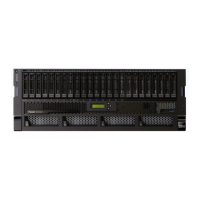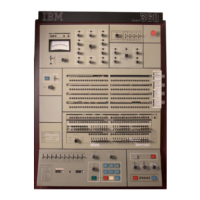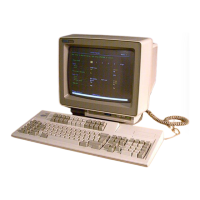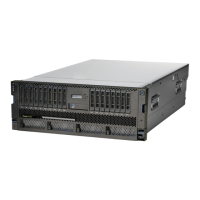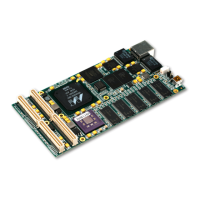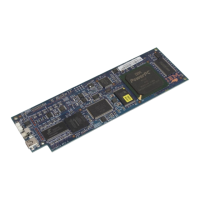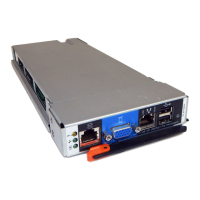Appendix A. Allocating Data Sets
What is Allocation? .......................185
Where to Begin ........................186
Preliminary Checklist ......................186
Checklist #1: Creating and Editing a Data Set Using ISPF/PDF ......187
Checklist #2: Creating a Data Set with the ALLOCATE Command......190
Checklist #3: Writing an Exec that Sets up Allocation to SYSEXEC .....191
Checklist #4: Writing an Exec that Sets up Allocation to SYSPROC .....192
Execs can be stored in either sequential data sets or partitioned data sets (PDSs).
A sequential data set contains only one exec, while a PDS can contain one or more
execs. In a PDS, each exec is a member and has a unique member name. When a
PDS consists entirely of execs, it is called an exec library.
Exec libraries make execs easy to maintain and execute. Your installation can keep
commonly used execs in a system library and you can keep your own execs in a
private exec library. To learn important information about data sets at your
installation, use the “Preliminary Checklist” on page 186.
What is Allocation?
Before you can store execs in a data set, you must create the data set by
allocation. Allocation can mean different things depending on your purpose. In this
book allocation means two things:
v Creating a new data set in which to store REXX execs. You can create a new
data set with the ISPF/PDF UTILITIES option or with the TSO/E ALLOCATE
command.
Checklists for creating a data set appear in:
–“Checklist #1: Creating and Editing a Data Set Using ISPF/PDF” on page 187
–“Checklist #2: Creating a Data Set with the ALLOCATE Command” on
page 190
v Accessing an existing data set and associating it, and possibly other data sets,
to a system file. Allocating a data set to a system file (SYSEXEC or SYSPROC)
enables you to execute the execs implicitly by simply typing their member
names. When more than one PDS is specified in the allocation, they are
concatenated or logically connected in the order in which they are specified.
The association of the PDS to the system file remains for the duration of your
terminal session or until another ALLOCATE command alters the association.
You can allocate a data set to a system file in the foreground with the TSO/E
ALLOCATE command or in the background with a JCL DD statement. You
cannot use ISPF/PDF to allocate a data set to a system file.
Checklists for allocating a data set to SYSEXEC and SYSPROC appear in:
–“Checklist #3: Writing an Exec that Sets up Allocation to SYSEXEC” on
page 191
–“Checklist #4: Writing an Exec that Sets up Allocation to SYSPROC” on
page 192
© Copyright IBM Corp. 1988, 2001 185

